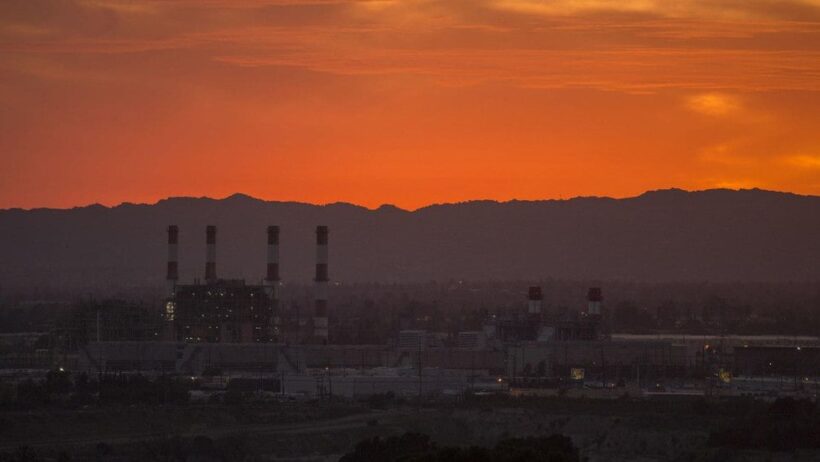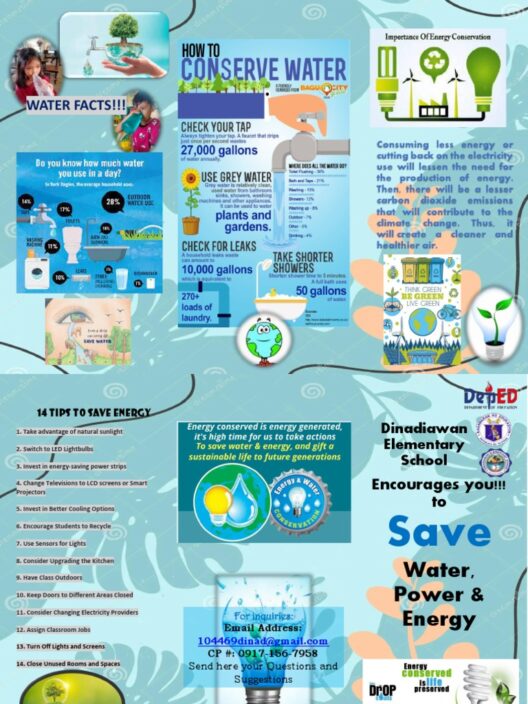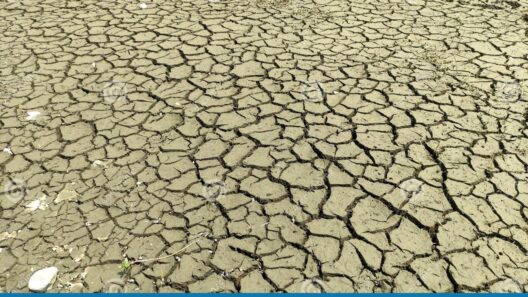Global warming has become a ubiquitous topic, reflecting an urgent concern for our planet’s future. But are the effects of global warming as dire as widely portrayed? This question prompts a deeper exploration of both scientific projections and observable phenomena. While some might downplay the seriousness of climate change, the data and evidence present a compelling case for urgent action.
To comprehend the ramifications of global warming, it’s crucial to first delineate what global warming entails. Defined as the long-term increase in Earth’s average surface temperature due to human activities—predominantly the emission of greenhouse gases—global warming poses multifaceted challenges. The burning of fossil fuels, deforestation, and industrial processes contribute to an alarming accumulation of carbon dioxide and other greenhouse gases in the atmosphere. This escalation engenders a cascade of environmental disturbances that are consequential across various spheres.
One of the most palpable consequences of global warming is the increase in global temperatures. The average temperature of our planet has surged by approximately 1.1 degrees Celsius since the late 19th century. While this might seem nominal, even such seemingly small changes can have drastic effects on climatic systems. For instance, the MIT Joint Program on the Science and Policy of Global Change indicates that a temperature rise of just a few degrees could result in severe weather events, including more potent hurricanes, protracted droughts, and unprecedented rainfall. These shifts threaten not only ecological balance but also human livelihoods.
Moreover, the polar regions are undergoing transformations that resonate throughout the globe. The melting of Arctic ice, for instance, is not simply a local issue; it has far-reaching implications for global sea levels. Scientists project that if current trends persist, we could witness a rise in sea levels by 1 to 2 meters by the year 2100. This scenario poses a dire threat to coastal communities worldwide—especially in areas like Bangladesh, where millions inhabit low-lying territories, susceptible to inundation. These projections are not just statistics; they represent real people facing the existential threat of displacement.
Another facet of the global warming narrative concerns biodiversity. Ecosystems are delicate structures that rely on a fine balance to maintain their integrity. As temperatures rise, many species are forced to adapt, migrate, or face extinction. According to the Intergovernmental Panel on Climate Change (IPCC), climate change could push over a million species to extinction by the end of this century if current trends continue. This loss of biodiversity can disrupt food chains and undermine ecosystem services that humans rely on, such as pollination, water purification, and climate regulation.
In terms of agriculture, global warming can compromise food security—another critical area of concern. Changing weather patterns may lead to reduced crop yields, particularly in developing regions where communities are already vulnerable. Elevated temperatures combined with fluctuating precipitation can adversely affect the growth of staple crops such as wheat and maize. This scenario could exacerbate global hunger and economic disparities, further straining resources and intensifying sociopolitical tensions.
Water scarcity serves as yet another grim consequence linked to global warming. As glaciers recede and rainfall becomes increasingly erratic, many regions may experience significant shortages of fresh water—an essential resource for both humans and ecosystems. This issue isn’t confined to arid regions; even temperate areas could face increased competition for water, resulting in conflicts over this fundamental resource.
Nevertheless, it is imperative to recognize that not all narratives surrounding global warming lead to despair. The recognition of these challenges has catalyzed movements toward sustainability and renewable energy. The transition from fossil fuels to green energy sources is not merely a possibility but a necessity. Furthermore, technological advancements have shown promising potential to combat climate change impacts. Innovations in carbon capture and storage, for instance, could substantially reduce atmospheric carbon levels, contributing to mitigation efforts.
Additionally, reforestation initiatives and conservation practices represent a fundamental shift toward regenerative practices that promote ecological balance. These efforts empower local communities to engage actively in environmental stewardship, combining socioeconomic development with environmental responsibility. Green infrastructure and urban planning can also ameliorate some of the adverse effects of global warming by increasing resilience against extreme weather conditions.
Education and awareness play pivotal roles in shaping public perception and policy regarding global warming. By fostering a collective understanding of the complexities surrounding climate change, individuals can engage in informed discussions and advocates for actionable change. Initiatives that encourage sustainable practices, such as reducing waste and transitioning to renewable energy sources, can also create ripple effects that lead to significant global benefits.
Are the effects of global warming as catastrophic as they say? While there are avenues of hope nurtured by innovation and collective action, the evidence suggests we must confront the impending crises. Rather than succumbing to pessimism, a shift in perspective can empower individuals and communities to champion sustainability, harness technological advancements, and cultivate a deep-rooted respect for our planet. Only through collective vigilance and proactive measures can we mitigate the broader impacts of global warming. The time to act is now—before the consequences become irreversible.








